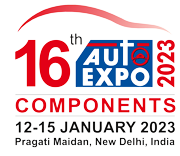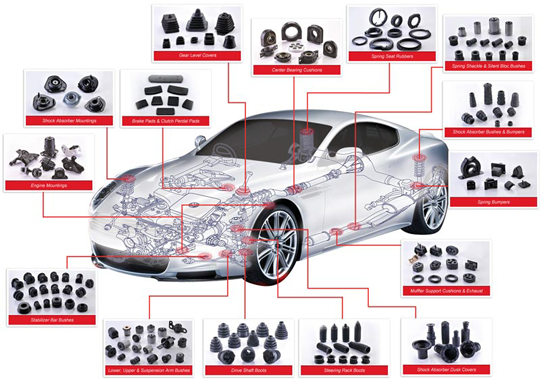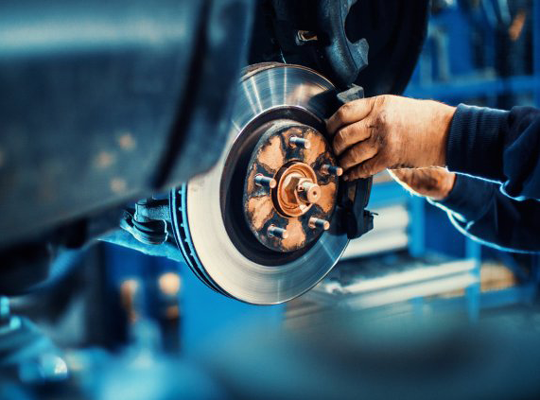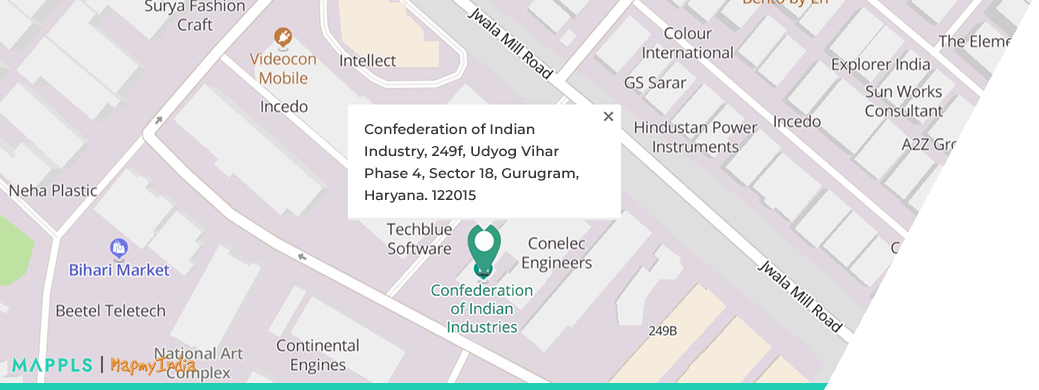The Government of India’s Automotive Mission Plan (AMP) 2006-2026 has come a long way in ensuring growth for the sector. Indian Automobile industry is expected to achieve a turnover of US$ 300 billion by 2026 and will grow at a CAGR of 15% from its current revenue of US$ 74 billion.
In November 2020, the Union Cabinet approved PLI scheme in automobile and auto components with an approved financial outlay over a five-year period of Rs. 57,042 crore (US$ 8.1 billion). In September 2021, the Indian government issued notification regarding a PLI scheme for automobile and auto components worth Rs. 25,938 crore (US$ 3.49 billion). In February 2022, the government has received investment proposals worth Rs. 45,016 crore (US$ 6.04 billion) from 20 automotive companies under the PLI Auto scheme. This scheme is expected to create an incremental output of Rs. 2,31,500 crore (US$ 31.08 billion).
Government has come out with Automotive Mission Plan (AMP) 2016-26 which will help the automotive industry to grow and will benefit Indian economy in the following ways: -
- Contribution of auto industry in the country's GDP will rise to over 12%.
- Around 65 million incremental number of direct and indirect jobs will be created.
- End of life Policy will be implemented for old vehicles.











